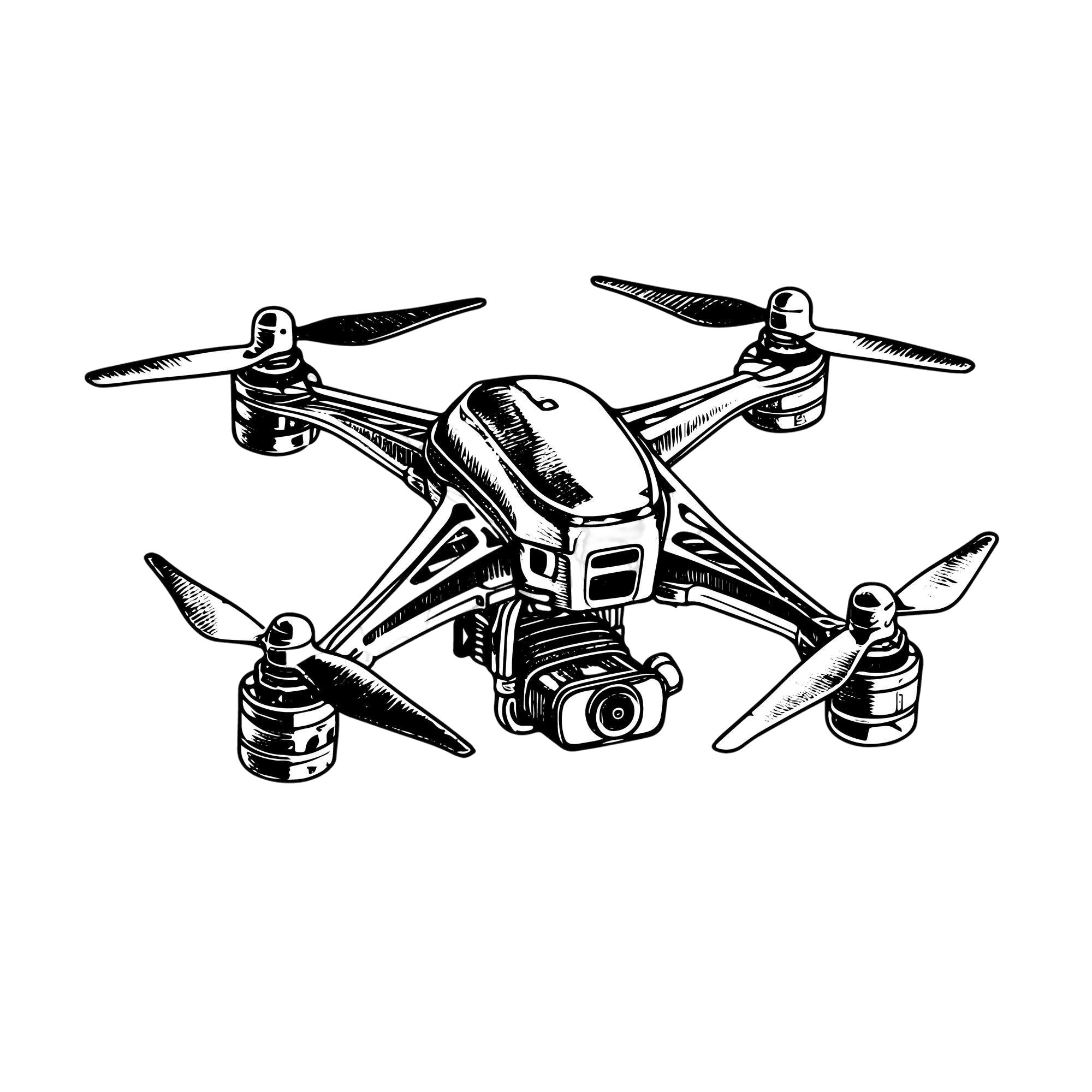Introduction to Abnormal & Emergency Situations
During sUAS operations, the remote PIC should be prepared to respond to abnormal and emergency situations.
Always refer to Manufacturer’s Instructions
For guidance on the appropriate procedures in these situations, refer to the manufacturer’s instructions.
Abnormal Situations vs. Emergency Situations
Unmanned Aircraft Systems (UAS) operations can encounter unexpected challenges that require quick decision-making and adherence to safety protocols. These situations fall into two categories: abnormal situations, which involve deviations from normal flight operations but are manageable with pre-planned responses, and emergency situations, which demand immediate action to prevent harm.
Abnormal Situations:
- Lost Link (signal loss situation)
- Alternate landing/recovery sites
- Loss of GPS
- Loss of video link
- Avoidance of proximate manned or unmanned aircraft
- Flight termination (controlled flight to ground).
Emergency Situations:
- Flyaways
- Avoidance of manned or unmanned aircraft in imminent danger of colliding with the sUAS
- Battery fires.
Responsibilities as Remote-PIC
The Remote Pilot-in-Command (RPIC) is responsible for briefing all participants—clients, crew, and ground support—on emergency procedures before flight.
They must have clear, practiced plans for handling issues like signal loss, equipment failure, or weather changes.
Mandatory landing procedures should be part of this plan. For example, if the Remote ID system fails, FAA regulations require the RPIC to land the drone as soon as possible to stay compliant.
Procedures for Emergencies in the Field
Maintain Control of Your Aircraft
In an emergency, maintaining control of your UA is an absolute must. Whether your drone drifts due to signal interference or faces strong winds, your ability to steer it back on course or land it safely can prevent accidents and ensure a safe outcome.
Know Your Control System:
Understanding your drone’s control systems inside and out will greatly assist in this. This means knowing how to navigate the controller’s interface, responding to malfunctions, and practicing emergency maneuvers.
1. Lost Link Procedure
Lost Link refers to a situation where a small unmanned aircraft system (sUAS) loses its communication connection with the remote pilot or control system. This disconnection can occur due to signal interference, hardware issues, or other factors.
Lost Link Procedures:
- When a lost link occurs, the sUAS is programmed to follow predefined procedures. These procedures include:
- Hovering or Flying in a Set Pattern: The drone will remain airborne in a predictable pattern while attempting to reconnect with the remote pilot.
- Automatic Actions: If the link isn’t restored within a predetermined time or if the battery is running low, the drone will automatically land or return to its starting point.
2. Flight Termination Procedure
Flight termination involves intentionally and deliberately bringing your sUAS to the ground in a controlled manner. This action might be part of your lost link procedures or chosen if continuing the flight poses safety risks or immediate dangers.
If you need to perform flight termination, follow your specific flight termination points or backup plans. These plans should:
- Prepare for situations where the system cannot be recovered.
- Account for altitude, winds, and other environmental conditions.
- Take into account obstacles, people, congested areas, and other aircraft operations.
3. Flyaway Procedure
A flyaway occurs when the sUAS does not respond to control inputs and fails to execute known lost link maneuvers. This results in unpredictable and uncontrolled flight behavior.
Causes
- A flyaway often starts with the loss of communication between the remote pilot and the sUAS, leading to erratic flight.
- If the sUAS’s lost link procedures are not set up or followed, it can lead to a flyaway situation.
- Commonly, interference with communication frequencies causes flyaways.
In the event of a flyaway, the remote Pilot-in-Command (PIC) should:
- Immediately inform all crewmembers and bystanders.
- If operating in controlled airspace, notify ATC.
4. Loss of GPS Procedure
GPS is a critical tool for precise navigation, positioning, and situational awareness during drone operations. A loss of GPS signal can impact flight stability, automated functions, and return-to-home capabilities.
Immediate Actions for Remote PIC
- Maintain control of the aircraft manually using visual orientation.
- Be prepared to fly without automation, including manually executing landing.
- Stay calm and continue operating within visual line of sight (VLOS).
5. Loss of Orientation
If you lose track of your drone’s orientation—especially when it’s far away or facing you—activate Return to Home (RTH) if available. If RTH isn’t an option, gently ascend and use small directional inputs to help visually determine which way the drone is facing so you can safely regain control.
6. Power Loss
If the battery begins draining unexpectedly fast or cuts out mid-flight, immediately descend and land in the nearest safe location to prevent total power loss and a potential crash.
5. Battery Fires
Thermal runaway is a hazardous condition where a battery overheats uncontrollably, potentially causing a fire or explosion. It can be triggered by:
- Overcharging
- Internal damage or swelling
- Exposure to heat or poor ventilation
To prevent it, always monitor battery temperature, avoid overcharging, and make sure batteries are properly ventilated and stored in a cool, dry place. Replace any battery showing signs of damage or heat buildup.
Emergency Recovery and Safe Landing
Regain Control, Then Land with Intention
When something goes wrong mid-flight, your first move isn’t to panic—it’s to respond. The goal is to quickly stabilize the drone and avoid immediate danger, then guide it safely to the ground.
Whether it’s sudden interference, an obstacle, or an unexpected bystander, this two-step process—emergency maneuver, then controlled landing—helps you regain control and finish the flight without causing harm to people, property, or the aircraft itself.
2. Flight Termination Procedure
Step 1: Perform an Emergency Maneuver to Stabilize the Situation
- Once you’ve regained control of your drone, your first priority is to stabilize it.
- Depending on the nature of the emergency, you may need to perform an emergency maneuver to regain control or avoid immediate hazards.
Step 2: Perform a Controlled Landing
- Once you have a clear landing area, perform a controlled landing.
- Use your remote controller to slowly and steadily lower the drone to the ground, maintaining control at all times.
Emergency Landing In-The-Field
You’re out at a local high school field filming a soccer practice for a coach who wants aerial footage to study player formations and spacing. The flight is going smoothly until a group of younger kids chasing a ball unexpectedly runs into your original landing zone. As you prepare to bring the drone down, you spot them just in time.
You quickly perform an emergency maneuver—gaining altitude and repositioning the drone to hover safely overhead. Then, you scan the area and coordinate with your visual observer to clear an alternative landing spot near the edge of the field. Once it’s safe, you perform a slow, controlled descent and land the drone without issue.




